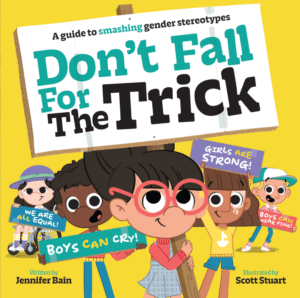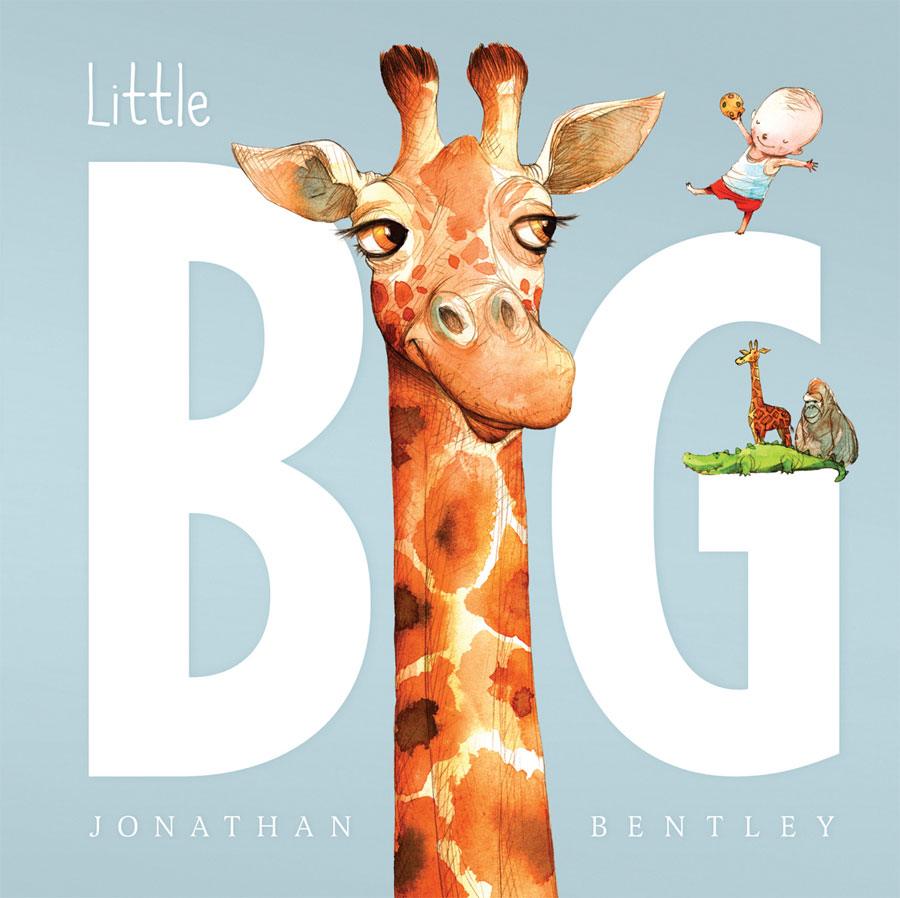Jennifer Bain (text) and Scott Stuart (illustrator), Don’t Fall for the Trick, Affirm Kids, February 2025, 24 pp., RRP $22.99 (hbk), ISBN 9781923022942
“Have you ever heard something that doesn’t sound true? Something that you know for a fact is false but no one else seems to realise. It feels like a trick, doesn’t it?”
These are the opening sentences of Don’t Fall for the Trick, a picture book written by Jennifer Bain and illustrated by Scott Stuart. In our world of “fake news” and loss of trust in the media and other social institutions, these sentences can ring true for anyone, but in this context, they are being used to introduce children to the concepts of gender stereotyping, unconscious bias and the Patriarchy. While some may believe that these complex ideas are too difficult for the young audience targeted by this picture book, introducing them within a supportive environment—where discussion and questions are encouraged—and in an age-appropriate manner is crucial. This approach recognises children’s agency and gives them the language they need to express their questions, awareness and understanding.
So often bias and gender stereotyping are communicated unintentionally through common expressions such as ‘boys don’t cry’ and ‘girls wear pink’ as the scenarios presented in this book demonstrate. Using the clever phrase ‘the trick’, the text points out that these stereotypes are limiting and untrue and work to prevent gender equality. The origin of the patriarchy is explained as emerging from historical beliefs, and readers are encouraged to call out ‘the trick’ whenever they see it in play, using everyday examples children may likely encounter.
Clear and simple text, well-spaced on clean white pages, accompanied by bright and inclusive illustrations communicate the message in an accessible and easy to follow style. Although focused on gender equality, this book would be a great way to introduce the concepts of stereotypes in general, and also the value of critical thinking – a skill that can and should be taught from the early years.
While children may enjoy this picture book by themselves, it would best be shared with a parent, guardian or other caring adult (e.g. teacher) who can discuss and contextualise the information, answer questions and clarify misconceptions. It is a recommended inclusion for early years’, primary and children’s non-fiction collections, most suitable for sharing with children aged from around 4-8 years.
Reviewed by Kay Oddone





